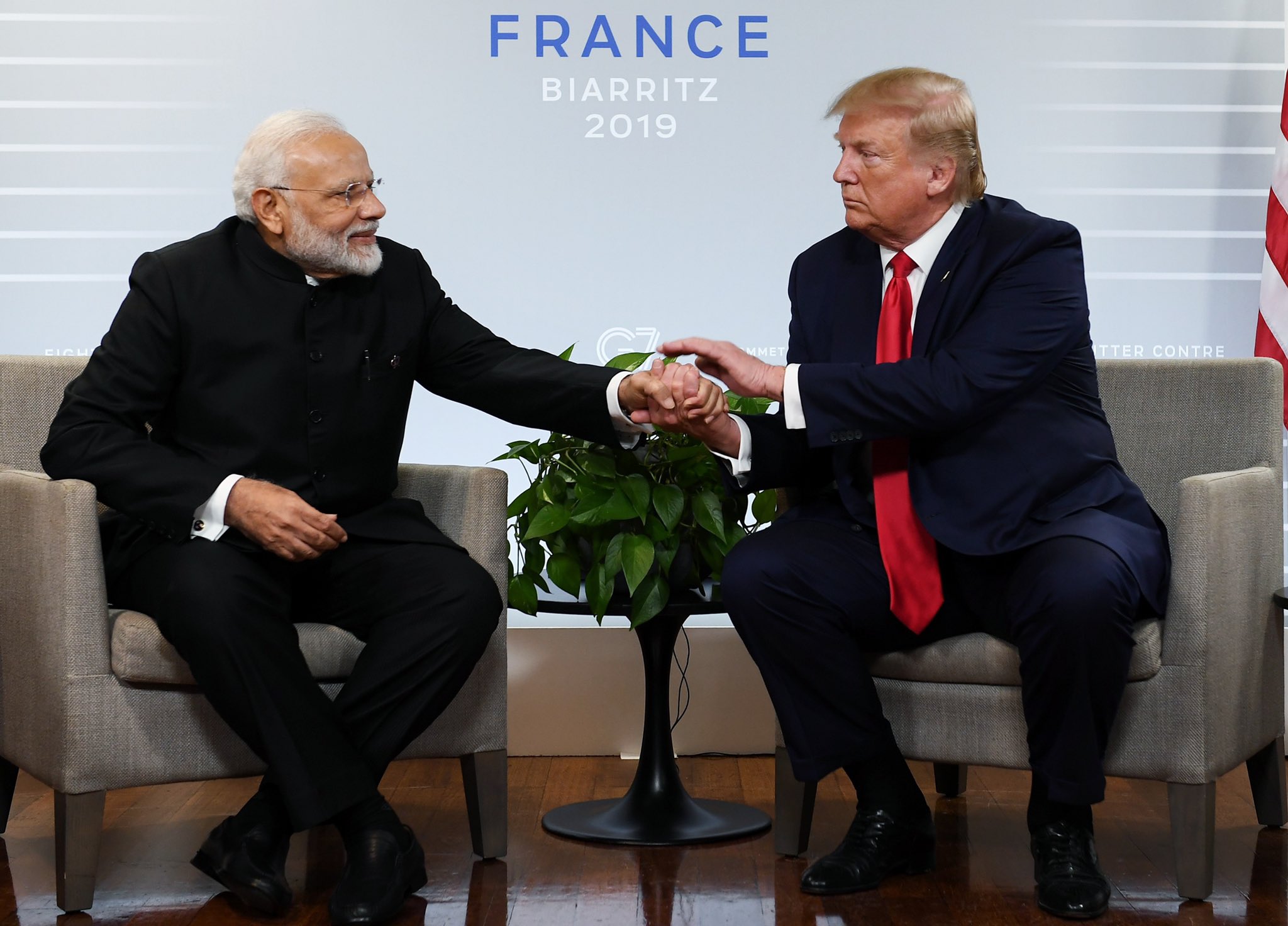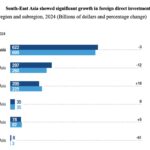Dharmasya Mulam Artha (The Basis of Righteousness is Wealth) — Chanakya
Long before globalization became common parlance, India was already its beating heart. The scent of pepper and cardamom drifted across the Malabar coast, while cotton, silk, and indigo filled bazaars alive with barter and voices in many tongues. Caravans carried ivory and gems through mountain passes, and ships from Gujarat and Coromandel sailed to Arabia, Africa, and Southeast Asia.
Historians estimate that at its peak, India accounted for roughly a quarter of global trade. From Rome to the South China Sea, merchants came not out of sentiment but because they could not afford to stay away. Trade was India’s Dharma—the lived principle that compelled engagement. Dhandha, people’s commercial strength, ensured that moral influence followed because material power was already in place.
That history should not lull people into pride but remind India what truly commanded respect. India mattered because it produced and traded what the world could not ignore. Roman coins and the Chinese Silk Road converged here not out of goodwill, but necessity. India’s maritime reach extended from Mesopotamia to Southeast Asia, creating safe corridors of commerce where prosperity was shared without the need for conquest. Alongside goods, Indian traders carried ideas—such as pluralism, acceptance, and the pursuit of knowledge—that left cultural imprints still visible today, from Ayutthaya in Thailand to Angkor Wat in Cambodia.
Yet Indians remain too willing to bask in that past rather than rebuild its foundations. Indians celebrate the Chola fleets sailing east or the Gujarati merchants reaching Africa, but such stories do not modernize ports, streamline customs, or open markets. If India wishes to reclaim its stature, the starting point is trade reform—comprehensive, serious, and urgent. Complaints about unfair tariffs or bullying may soothe egos, but they do not secure contracts. The world buys what it needs, not what it pities.

India did make a beginning. The first wave of reforms in 1991, led by late Prime Minister Manmohan Singh, cracked open the License Raj, brought in foreign investment, and put India on a faster growth path. After a twenty-five-year lull, post 2014, a second wave under Prime Minister Narendra Modi made it easier to do business in India not just for foreign investors but, even more importantly, for local entrepreneurs.
The World Bank Ease of Doing Business ranking climbed from 142nd to 63rd by 2019. That progress matters. But for a country with enormous scale, resources, and talent, it is far from enough. If India aspires to be the world’s third-largest economy, ambition cannot rest on GDP size alone. It must show up across every metric—logistics, infrastructure, education, health, innovation, rule of law, judicial systems, safety and security, and, most importantly, ease of doing business for Indians in India to unlock their entrepreneurial DNA. Smaller nations such as Singapore and South Korea, with fewer people and far less land, deliver per capita outcomes that make India’s numbers look modest at best. Size is not a shield; performance is.
And here is the contradiction. India calls itself a digital power with 5G platforms. The country moves at algorithmic speed in payments, but at bureaucratic delay in trade. A nation that can process billions of digital transactions in real time should not take weeks to clear a container. The 21st century will not wait for a policy that moves at the speed of a file note. India is running on digital fast-forward, but trade reforms remain stuck on pause.
The comparison with China is unavoidable. Whatever one thinks of its politics, no country can ignore Beijing in trade or supply chains. China compels attention not through rhetoric, but through scale and efficiency. It is the world’s factory and a market too large to bypass. China commands respect through Dhandha. If India truly seeks to be seen as the world’s third-largest economy, the path is not through speeches about talent, democracy, or demographics. It lies in ports equipped to handle greater volumes, seamless customs systems, industries that scale globally, and trade deals that secure new markets. No excuses about fairness. No complaints about hypocrisy. The world is rarely fair—but it always respects power that is earned.
The path forward requires not tinkering at the edges but transformation at scale. India must pursue reforms at a pace that matches its digital ambitions—retiring outdated regulations, lowering tariff barriers that hinder competitiveness, and implementing strategies advanced by key reformers within the government. Equally important is redefining strategic partnerships, especially with the United States, in areas such as artificial intelligence, cyber security, and the QUAD. India seeks access to U.S. markets, and U.S. firms desire access to India’s.
That Dhandha will only flow if India truly opens its own markets. Just as crucial is unlocking domestic entrepreneurship. For decades, America’s open markets powered global growth. China seized that opportunity; India largely missed it. With trade balances now under review, India must reform not only to attract foreign capital but to unleash its own suppressed entrepreneurial energy.
History offers a blunt lesson. When India lost its commercial dominance, Dharma alone could not uphold it. The East India Company was not swayed by morality; the nation’s economic weakness enabled it. Once Dhandha collapsed, Dharma was ignored. To avoid repeating that mistake, India must accept that prosperity is not the byproduct of moral leadership—it is its foundation. An underpowered economy cannot lead climate talks or shape the rules of the international system. Dharmic influence typically follows economic strength, rather than preceding it.
India already has the fundamentals in place: democracy, demography, digital infrastructure, desire, and drive. What it lacks is the collective will to convert them into results. The government alone cannot carry this burden. Every business leader who chooses protection over competition, every bureaucrat clinging to outdated processes, and every commentator unwilling to face hard truths contribute to the delay. And delay is costly—because every year India waits, others seize the markets India aspires to enter.
The question is not whether India chooses Dharma or Dhandha, but whether people recognize that Dharma must rest on Dhandha if it is to matter. The world once came to India’s shores because it had no economic choice. To make that happen again, India needs fewer commentaries about potential and more proof in performance.
Nations listen to the powerful, and economic strength remains the most enduring measure of that power. Complaints will not command respect in the 21st century—it will be earned only by building an economy so strong that no one can afford to look away. Dharma and Dhandha are, in the end, two sides of the same coin: power.
Disclaimer: The opinions and views expressed in this article/column are those of the author(s) and do not necessarily reflect the views or positions of South Asian Herald.


![Dharma -Dhandha[1]](https://southasianherald.com/wp-content/uploads/2025/09/Dharma-Dhandha1-1170x780.jpg)



